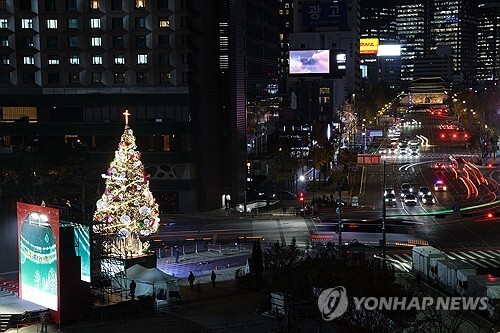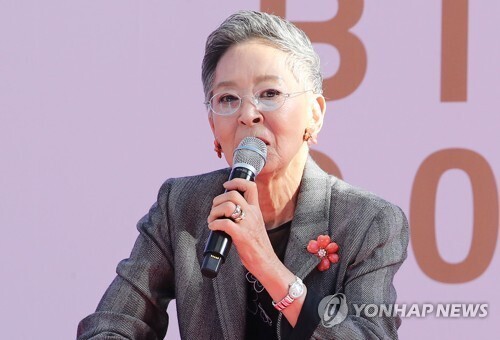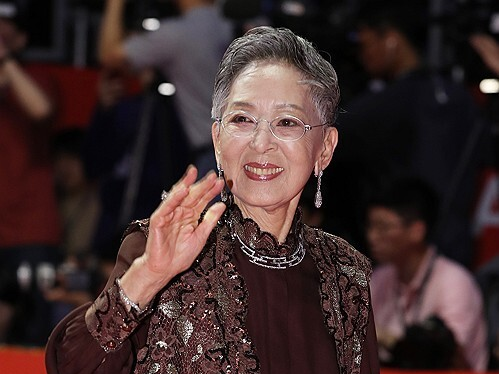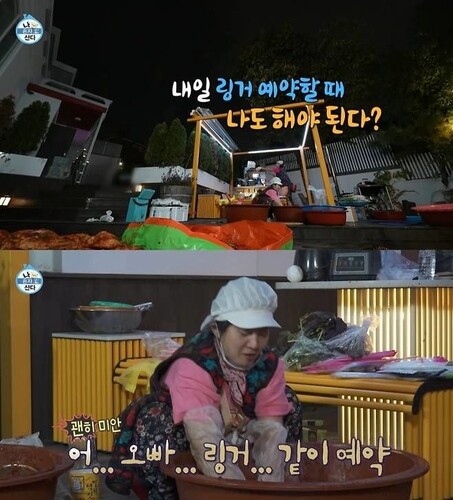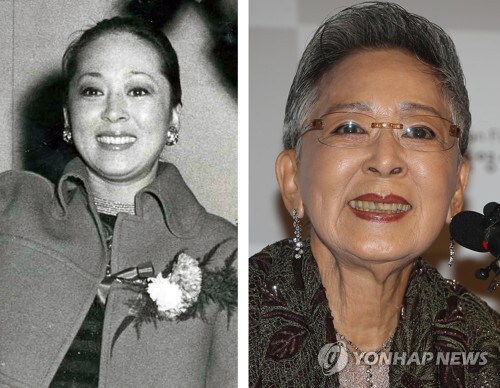 |
| ▲ This photo, shows a Great Spotted Woodpecker feeding food to its young in Hwaseong Park, North Gyeongsang province on the 17th. Those with a red pattern on the nape is a male, and those with the black color is a female. (Yonhap) |
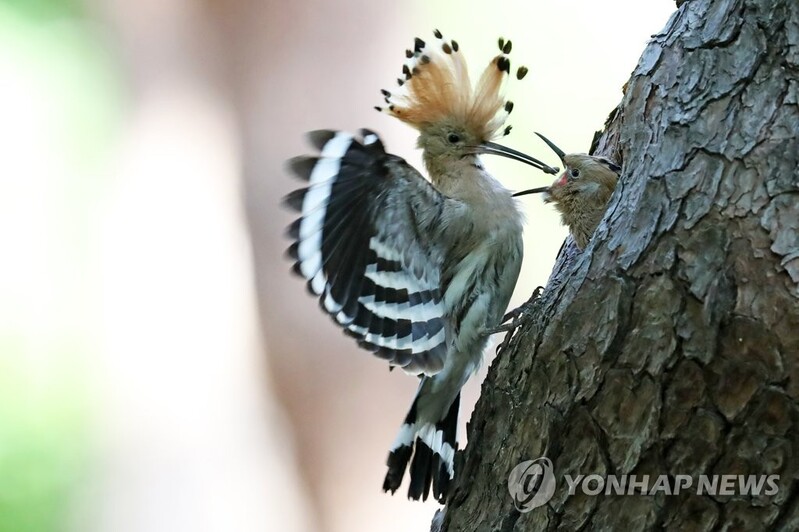 |
| ▲ This photo, shows a hoopoe feeding its young food in Hwaseong Park, North Gyeongsang Province on the 17th. (Yonhap) |
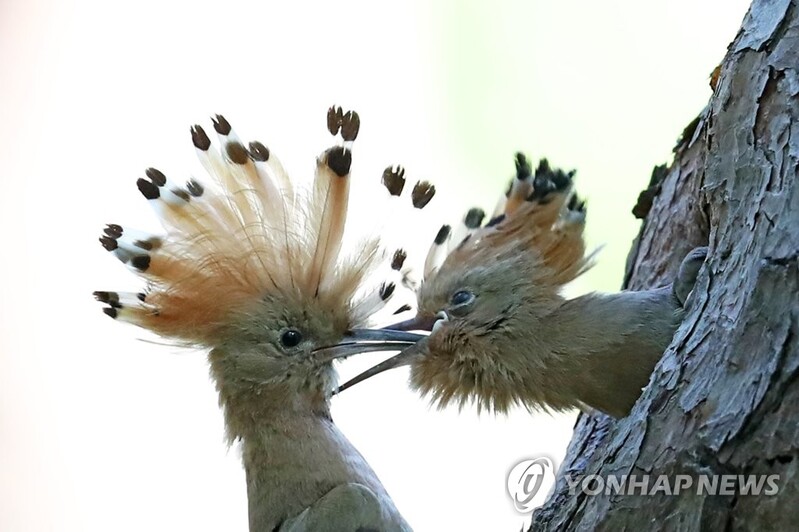 |
| ▲This photo, shows a hoopoe eating the food that its parent got by sticking out its neck in Hwaseong Park, North Gyeongsang Province on the 17th. (Yonhap) |
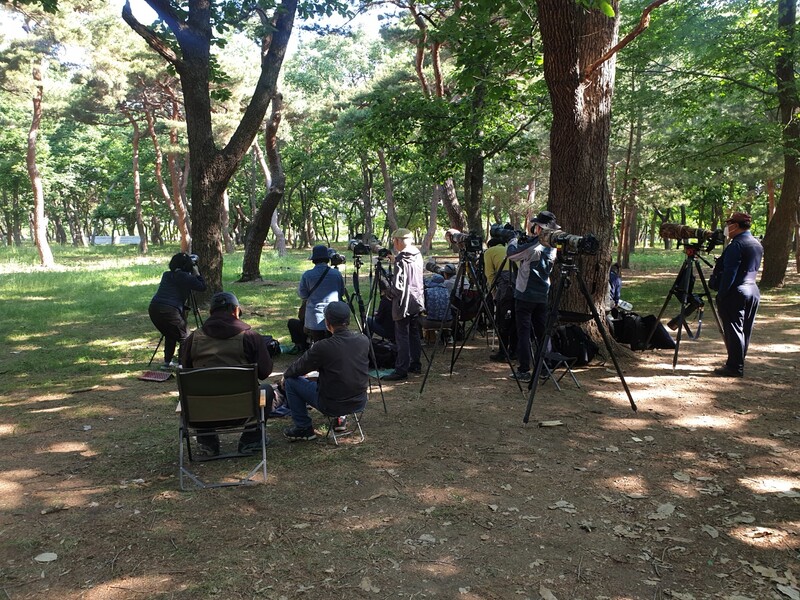 |
| ▲ This photo, shows photo enthusiasts gathered to take a shot of the hoopoes and the Great Spotted Woodpecker in Hwaseong Park, North Gyeongsang Province. (Yonhap) |
SEOUL, May 17 (Yonhap) -- Hwangseong Park, North Gyeongsang province, is gaining popularity among photography enthusiasts as it is the season where many different types of birds lay eggs and raise their young.
On the morning of the 17th, near the nest of a hoopoe on a pine tree in Hwangseong Park, about 30 photography enthusiasts were pressing the shutter of a camera with its telephoto lens.
They were busy taking pictures whenever the hoopoes came with food to feed their chicks.
These photographers were those from all over North Jeolla Province including Gyeongju, Pohang, Ulsan, Busan, and Jeongju.
"Yukchu" refers to when a bird takes care of its chicks after they have hatched.
From the end of April to June, about 50 people visit Hwangseong Park on weekdays and about 100 to 200 people visit on the weekends.
There were many people who came out early in the morning because the parent birds are usually active in the morning.
There were also those who became close through internet cafes and blogs. They exchanged information about birds and talked about different things as they called each other by nicknames.
In South Korea, a hoopoe is classified as a rare summer bird that can only be found in the central and northern parts of Korea.
A hoopoe has a colorful feather pattern and has feathers on the top of its head, similar to a chicken's comb.
As the shape of their feather resembles the headdress of an Indian chief, it is also called the "Indian Chief Bird."
Although they do breed at home or in forests, most of them breed in mountains, making it especially hard to see them in downtown areas.
Yet, several pairs come to Gyeongju Hwangseong Park every year to raise their young.
Hwangseong Park is a famous hoopoe photo spot in Korea as it is easy to go to the hoopoe nest without having to suffer from the scorching sun as the entire park is a dense forest.
It is also called the "National Point," as they don't require a large telephoto lens to take the pictures with the height of the nest being low.
The hoopoes born from this tree have grown large enough to eat the food by sticking their heads out of the nest.
As the parent birds had to feed them frequently, they took their turns in hunting and feeding.
The busier the parent birds became, the more excited the photo enthusiasts were.
When the two birds raised their heads at the same time, the photo enthusiasts were thrilled to roll the shutters.
In addition to this tree, there are other hoopoe nests found in several places.
Some of them had already grown and left the nest.
A Great Spotted Woodpecker has also built a nest in a pine tree located in Hwangseong Park.
Although a Great Spotted Woodpecker is a territorial bird in Korea and Japan, it has been selected as an endangered species by the International Union for Conservation of Nature (IUCN).
A Great Spotted Woodpecker has five colors.
The colors are white, black, brown, red, and orange.
Those with a red pattern on the nape is a male, and those with the black color is a female.
The young Great Spotted woodpecker had not yet popped its head out of the nest as it had just hatched.
Even so, as the parent birds often come to feed, about 20 photography enthusiasts excitedly took their pictures.
"It's fun to watch the birds while taking pictures. It's really good to get rid of useless thoughts," said one photographer. "Hwangseong Park is especially good for taking pictures where a parent bird is taking care of their young in a nest, and that's why so many enthusiasts visit it."
(This article is translated from Korean to English by Haemin Kim.)
(END)
(C) Yonhap News Agency. All Rights Reserved







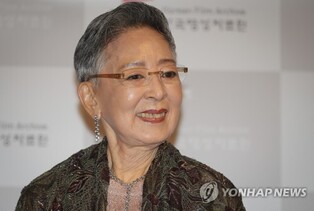

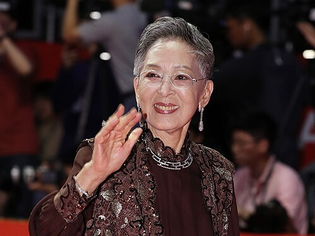
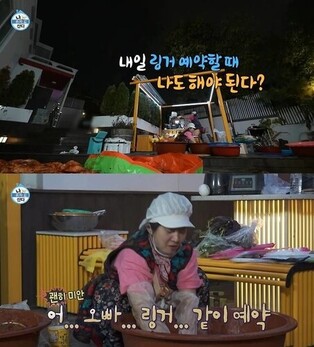
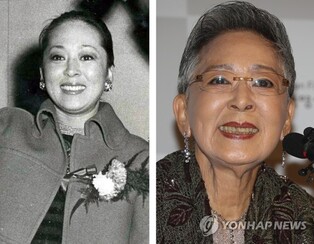
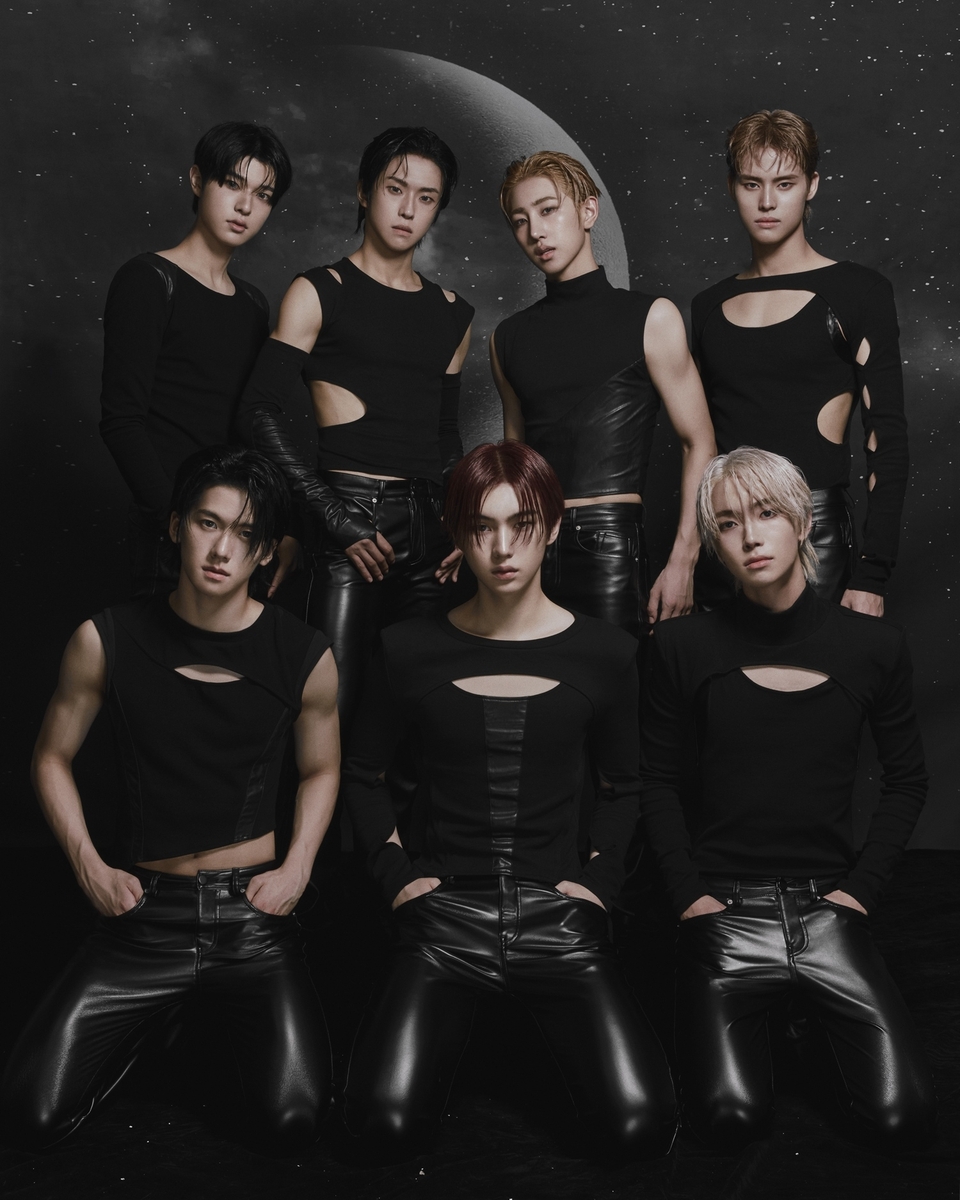
![[가요소식] 지코, 요아소비 이쿠라와 신곡 '듀엣' 발매](https://korean-vibe.com/news/data/20251212/yna1065624915953509_920_thum.jpg)
